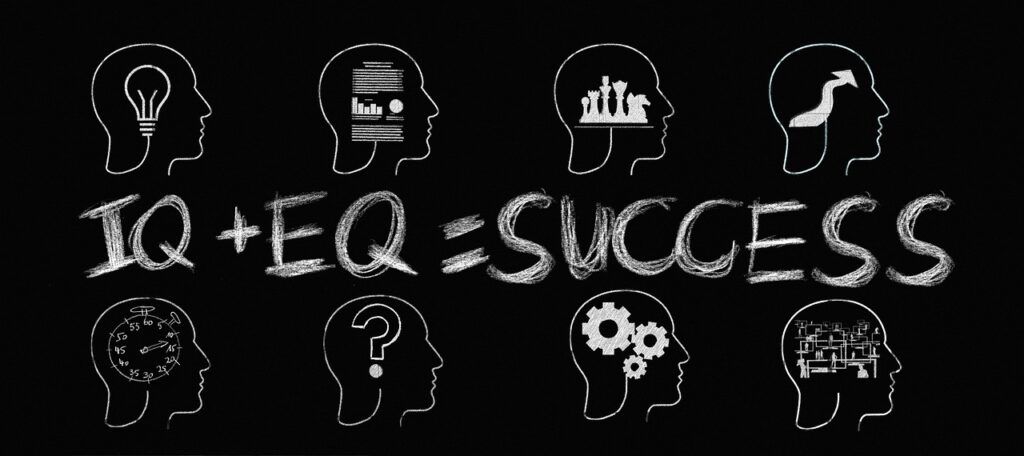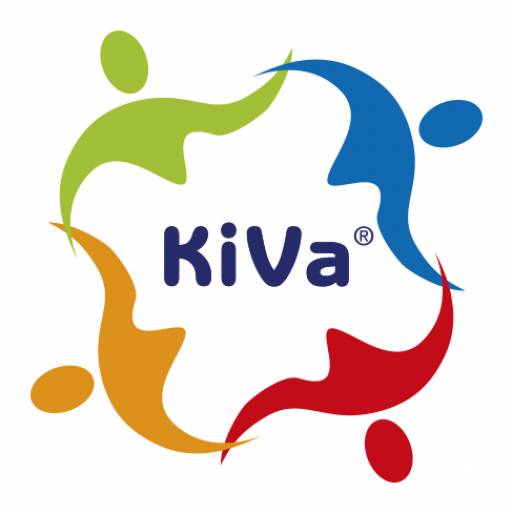Emotional intelligence activities for children
Emotional intelligence activities are a reinforcement for their education. We know several intelligences that we develop during the academic stage, emotional intelligence will be crucial for their future and therefore, it is important that they learn to manage their feelings and interpret the feelings of others during their early years.
Activities to work on emotional intelligence allow them to improve their abilities and establish healthy emotional habits.
What is emotional intelligence in children?
Emotional intelligence is the ability to recognise and manage one’s own and other people’s emotions. Social skills have their origin in values related to empathy, through emotional intelligence we will be able to recognise other people’s feelings and act accordingly.
In addition, the management of our own feelings will be fundamental, through emotional intelligence we will make our emotions a healthy part of our personality.
The early formative years are very important for emotional learning. A child learns to perceive himself, to self-regulate his feelings, to control emotional impulses and to manage stress and anxiety. The early stages of education are very important for acquiring and putting these skills into practice, and emotional intelligence activities can reinforce this type of learning.
Activities to work on emotional intelligence
These are some of the activities to work on emotional intelligence in children that you can do at home.
Dictionary of emotions
Putting names to emotions helps to identify them. A dictionary of emotions is made up of all the feelings that we can feel depending on different situations. To complete a dictionary of emotions, it is advisable to make a list and add photographs or images that are related to each feeling.
The aim is that they have a list of emotions that they can feel and can associate them with specific facial and body expressions.
Drawing emotions
Drawing emotions is a way of being proactive about our own feelings. Using schematic drawings, a child can represent emotions that are associated with a series of cards. We can also include a mirror in which he can express the emotion before drawing it, while perceiving his own representation.
Situation-emotion
For this activity it will be necessary to prepare a series of cards, half of the cards express emotions, while the other half explain situations that will provoke an emotional reaction. The aim is for them to learn to identify certain situations with the responses that will occur.
We can be very creative in the elaboration of these cards, including all kinds of situations that may appear in their daily lives.
Emotional diary
Another activity to work on emotional intelligence is the emotional diary. Expressive writing always helps us to identify and avoid the repression of our emotions. In the case of children, a diary focused on emotions will not only allow them to analyse their day, but they will also be aware of the attitudes they have had when faced with everyday emotional situations.
Relaxation
As with adults, relaxation techniques are also good for managing emotions. On the one hand, they will discover that there is a state of calmness to which they can resort in certain circumstances. Furthermore, this type of activity allows them to reflect and draw conclusions about their own emotions.
I am you
To improve empathy, it is very useful to feel like another person for a moment. The “I am you” game allows us to create dynamics in which we put ourselves in the place of another person, in order to discover their emotions.
The game is simple: real situations that have happened recently are presented and the child is asked to react. It is sometimes surprising to see how young children interpret and react creatively to adult situations.
How was your day?
This activity is fundamental for developing a child’s emotional character. Every day it is important to invite them to express what they have done at school and, above all, how they have felt in each situation.
It is important that the explanation goes beyond “good”, so we must not only listen, but also ask questions and make them feel respected when they explain themselves.
My own strengths
Emotional learning also includes an important part of self-knowledge and confidence. By means of a very simple activity, we can propose that they describe themselves based on their own virtues, in this way we will perceive how they see themselves, what their strengths are and how they value their own personality.
Emotions with mime
Representing emotions through mime is also a perfect activity for them to learn to express themselves. This activity serves as a rehearsal, so that they are prepared for situations in which they have to express emotions.
Emotional intelligence as part of academic learning
Emotional responses develop from specific learning, which is generated during childhood and adolescence. At Palacio de Granda, emotional learning occupies a basic space in all our curricula, because we want our students to have the emotional tools they will need in the future, becoming emotionally healthy and independent adults.








